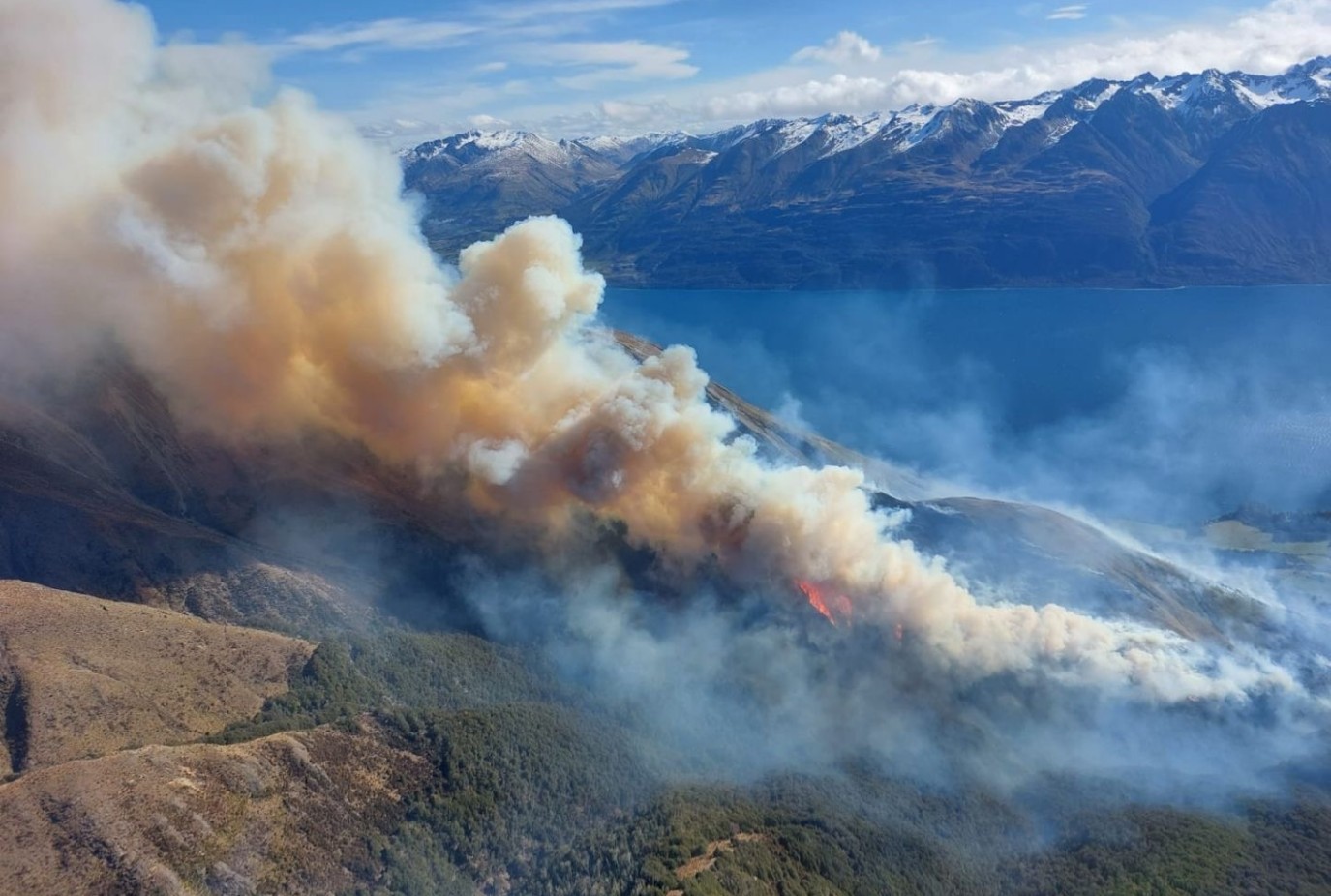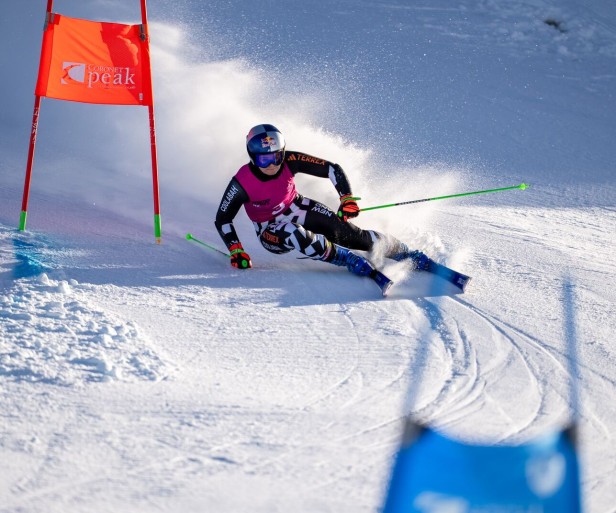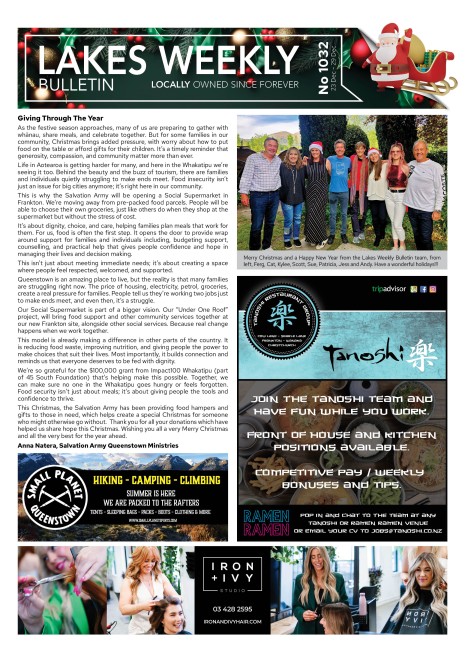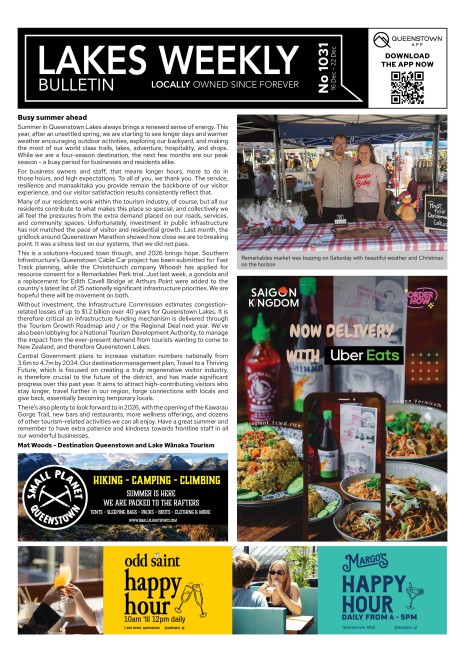Wildfire risk now every summer

Sunday morning's torrential rain will have been welcomed by the lower South Island's rural firefighters.
Last week, the fire risk was 'extreme' across the regions after weeks of dry hot summer days combined with windy conditions - turning the wooded hills and scrub into a tinderbox.
That prompted Queenstown Lakes District Council to take the unprecedented step of closing one of its reserves to the public due to the risk of wildfire.
Wānaka's Mt Iron Reserve was closed on three days, from noon to 6am, providing added protection for the almost 400 properties and 255 buildings in its 366ha ‘red zone’.
Ben Lomond and Queenstown Hill reserves could face similar closures, when the fire indices hit extreme again this summer, such is the threat to life, with hundreds of homes dotted over the lower slopes in neighbourhoods such as Fernhill, and thousands locals and tourists getting out into the hills daily.
All three reserves are subject to a year-round total fire ban, while in the summer months there's a total fire ban across Queenstown Lakes, which includes the use of fireworks.
Principal Rural Fire Officer Mark Mawhinney says his FENZ team has identified a number of vulnerable sites across Otago, including Queenstown's Red Zone, which stretches Mt Crichton to Arthurs Point, and Mt Iron.
"Those are very vulnerable communities and if we get a fire that gets away on us in those landscapes, it is very serious," he says.
"You can imagine the Skyline Gondola, and those communities up on red lines through towards Glenorchy - people are moving and living amongst quite flammable fuel.
"If a fire goes through there, there will be consequences, so we have to work with the communities, other organisations, the landowners, property owners, and plan for those events.
"There is a bit of an onus on the landowners themselves to do a lot of work around their properties. There's a whole lot of stuff on our website. You can make your property more defendable from a wildfire.
"We never say people are safe but if you don't do this work there's a very real probability you won't survive if a fire runs through."
Last year was the second hottest on record for New Zealand. The hottest was 2022 and preceding 10 years included eight of the NZ's hottest years to then.
Mawhinney remembers 2017 as a particularly active year, with the fire siren sounding seemingly daily. Late on January 10 that year, campers failed to properly extinguish a fire on the beach near Rat Point, below the Glenorchy-Queenstown Road.
The subsequent fire jumped across the road and ravaged 150ha of Jesse Peak, destroying power poles on the steep wooded slopes, which cut electricity to Glenorchy for 24 hours, as well as access by road.
In October 2022, a burn-off got out of control at nearby Mt Crichton. Fanned by high winds, the subsequent fire burned for four days, over 230 hectares of remote scrub and tussock, to elevations of 1300m.
These fires can be "brutal" to fight for the firefighters on the ground, Mawhinney says.
"They happen in summer, so the day's already hot. You add hot ground and flames to that, steep slopes and carrying gear. They've got to drink a whole lot of water, so they're carrying all of that. It's brutal work and we often ask quite long hours of them.
"And it's dangerous work obviously, although there's a lot of training that goes into that, about making good decisions. We see overseas firefighters getting hurt, which could be from falling trees, helicopter accidents, any number of things.
"There's a lot of stuff that can go wrong, not just the fire itself."
Queenstown, Wānaka, Frankton or Arrowtown fire brigades will typically be first on scene but if the fire can't be controlled, FENZ rural fire comes in and sets up a Coordinated Incident Management system.
"That focuses on managing all the resources at a fire. Once it's up and running, it's starting to plan 24 hours in ahead."
For Mt Crichton, more than 50 firefighters were on scene, with nine helicopters ferrying water in monsoon buckets from Lake Wakatipu.
Still, the 'fuel' of trees and scrub can be so dense, the fires are almost uncontrollable, especially with high winds.
"We can do some work around the flanks but generally we need to stand back and let it do its thing. Once it's got through those heavy fuels, the intensity will drop, and we can try to manage it."
Fortunately, the risk of a wildfire starting naturally in NZ is low, with the majority caused by a spark from a mower or powerline, a burn-off or human error.
"So the chance of one starting is quite low, but at times, the consequences are off the charts. That's why we get these messages out and welcome the council's very forward thinking approach."
To check the latest fire season status and learn how to protect your property from fire, head to checkitsalright.nz









